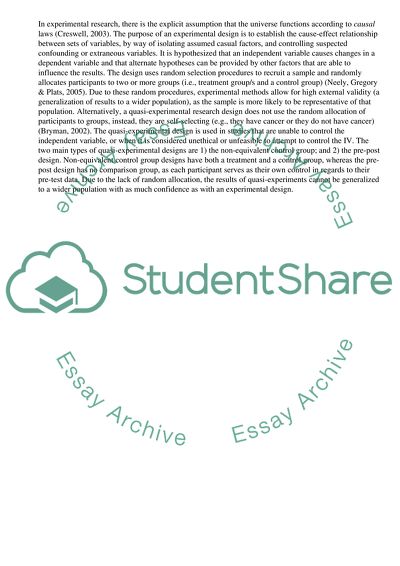Cite this document
(Research Methods in Management Case Study Example | Topics and Well Written Essays - 2500 words, n.d.)
Research Methods in Management Case Study Example | Topics and Well Written Essays - 2500 words. Retrieved from https://studentshare.org/management/1514643-research-methods-in-management
Research Methods in Management Case Study Example | Topics and Well Written Essays - 2500 words. Retrieved from https://studentshare.org/management/1514643-research-methods-in-management
(Research Methods in Management Case Study Example | Topics and Well Written Essays - 2500 Words)
Research Methods in Management Case Study Example | Topics and Well Written Essays - 2500 Words. https://studentshare.org/management/1514643-research-methods-in-management.
Research Methods in Management Case Study Example | Topics and Well Written Essays - 2500 Words. https://studentshare.org/management/1514643-research-methods-in-management.
“Research Methods in Management Case Study Example | Topics and Well Written Essays - 2500 Words”, n.d. https://studentshare.org/management/1514643-research-methods-in-management.


